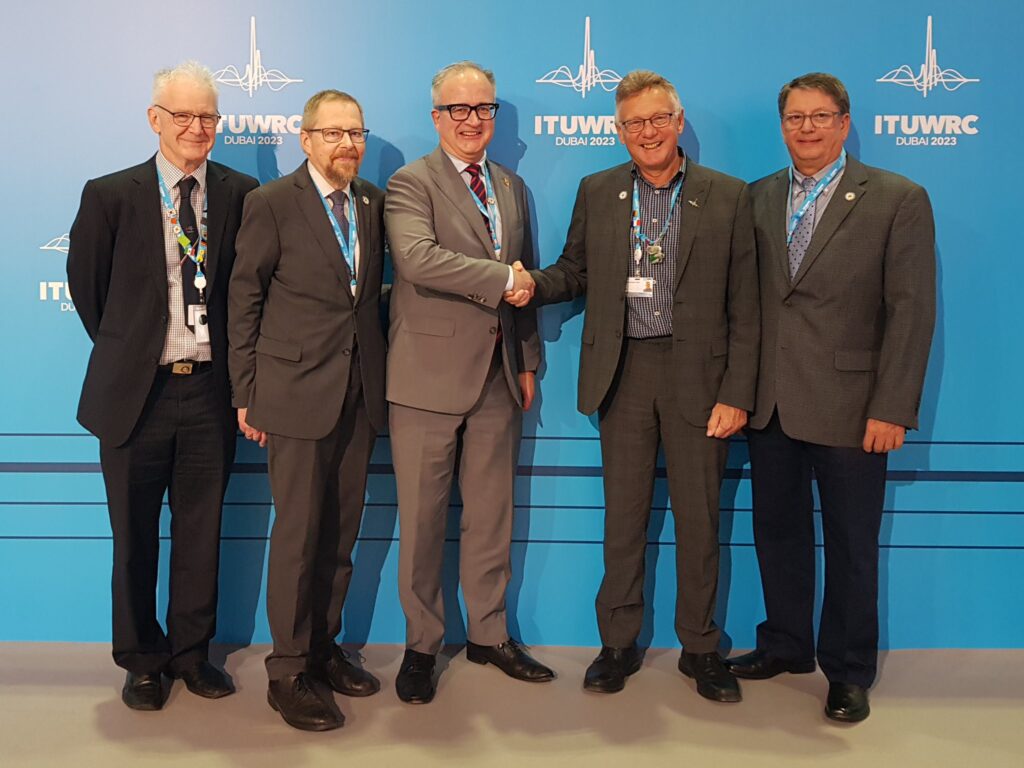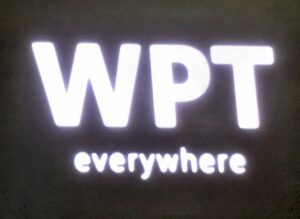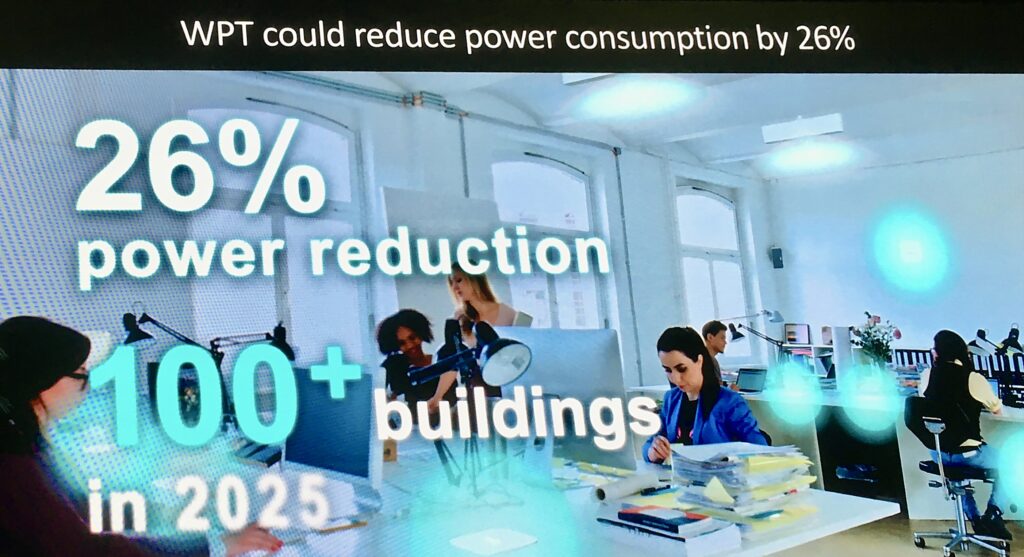WRC-23: Week-3 Update – 23cm and WPT
The end of the third week of the WRC-23 World Radiocommunication Conference saw plenary approval of a new footnote to the 23cm amateur band at 1240 to 1300MHz – a major landmark after four years of hard work. Meanwhile 40-50MHz radar sounders and future agenda items are consuming considerable time and effort – all week and weekend.
Regarding 23cm, where amateurs are secondary in any case, the full text of the allocation footnote is:
“5.A91B: Administrations authorizing operation of the amateur and amateur-satellite services in the frequency band 1 240-1 300 MHz, or portions thereof, shall ensure that the amateur and amateur-satellite services do not cause harmful interference to radionavigation-satellite service (space-to-Earth) receivers in accordance with No. 5.29 (see the most recent version of Recommendation ITU-R M.2164). The authorizing administration, upon receipt of a report of harmful interference caused by a station of the amateur or amateur-satellite services, shall take all necessary steps to rapidly eliminate such interference. (WRC-23)”
Formally this does not take effect until 1-Jan-2025 (when the 5.A91B footnote reference will be updated), but it is likely that CEPT, pushed by the EU, may move quicker. RSGB is aware that changes by other primary users may also influence the final shape of 23cm. The full IARU news on this is here:-
- IARU – 23cm news release
- IARU – 23cm report – by Barry G4SJH

Senior IARU team with Barry Lewis, G4SJH being thanked by IARU President Tim Ellam, VE6SH
Future Agenda – WPT
 One of the less welcome future proposals had a glossy video promotion on Wednesday, when Japan sponsored the afternoon break. Wireless Power Transmission (WPT) is seeking greater recognition in the Radio Regulations. It comes in two flavours:-
One of the less welcome future proposals had a glossy video promotion on Wednesday, when Japan sponsored the afternoon break. Wireless Power Transmission (WPT) is seeking greater recognition in the Radio Regulations. It comes in two flavours:-
- Non-beam – essentially near-field inductive coupling
- Beam – long range (far-field) at higher frequencies
Currently the most common example is wireless smartphone chargers which are fairly low power. However other examples can be in kilowatts or even greater. Beamed concepts include charging laptops from a distance and space-based solar power. It is currently proposed for WRC-31. Some outlandish claims were made for this inherently inefficient technology that can generate significant interference as per a screenshot below:-

CEPT has released a more detailed progress report for Week-3.
The IARU team continues its work on other WRC issues including the development of agendas for future conferences. The RSGB special focus page provides regular updates and additional detail.
Category: Front Page News, WRC-23










